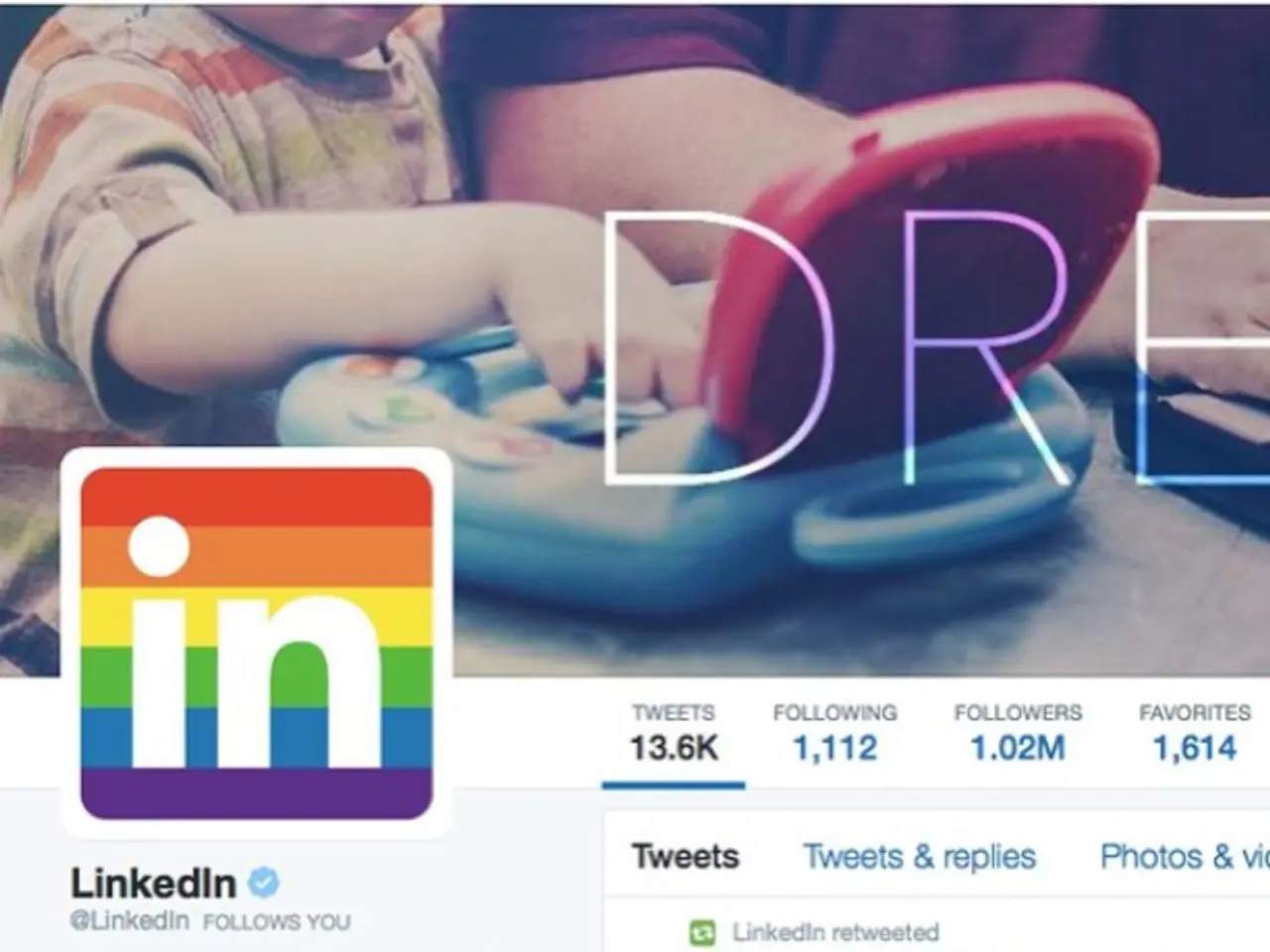Pricey Systematic Obstacles Masked by Prestigious College Labels
In the realm of American higher education, policy debates are centred around cost transparency, outcomes-based funding, and reallocating resources towards credentials with proven Return on Investment (ROI). This shift in focus is driven by a growing concern for systemic challenges and disparities faced by economically disadvantaged learners.
Student Loan Reform and Debt Relief
Targeted debt relief plans are gaining traction, aiming to forgive most or all student debt for borrowers below certain income thresholds. These plans often come in combination with income-driven repayment (IDR) plans, which base payments on income and forgive remaining balances after ten years of qualifying payments. Proposals to treat student loans more like consumer debt by enabling discharge through bankruptcy are also being considered. Advocates call for stronger oversight of institutions that disproportionately burden low-income and marginalized students with debt but provide poor post-graduate outcomes.
Tuition and Financial Aid Reforms
Systemic reforms include limiting tuition increases at public colleges, expanding financial aid targeted at low-income students, and increasing public funding to make public colleges and universities tuition-free or more affordable. However, recent legislative changes, such as the 2025 budget reconciliation bill signed by President Trump, have cut substantial federal funding from higher education, SNAP, and Medicaid, which critics argue will worsen affordability and resource access for low- and middle-income students.
Accreditation and Quality Oversight
Congress is considering accreditation reforms through bills like the Accreditation for College Excellence (ACE) Act of 2025 and the Accreditation Choice and Innovation Act. These bills aim to eliminate political litmus tests and tighten student achievement standards to protect students, especially from predatory practices that target low-income learners. There is also a push for transparency and accountability to ensure that institutions receiving federal aid provide value and opportunities for economically disadvantaged students.
Career and Technical Education Expansion
Recognising that college is not the only pathway to economic opportunity, proposals promote expanded access to career and technical education (vocational training) as an alternative route. This aims to better serve students for whom traditional four-year college is less accessible or suitable.
Civil Rights and Equity Protections
Advocacy groups urge the restoration and strengthening of civil rights protections in education that were rolled back in previous administrations. This includes safeguarding students of colour, women, first-generation students, and veterans from discrimination and systemic barriers.
Federal Government Role
The current administration proposes reducing the size and funding of the Department of Education and reshaping its role. This has sparked concern about the potential negative impact on research funding, diversity efforts, and broad federal support for equitable higher education.
In summary, policy proposals combine reforms to student aid and loan servicing, systemic quality oversight, expanded alternative education pathways, financial aid targeting, and civil rights protections to address disparities in access and outcomes for economically disadvantaged learners in U.S. higher education. However, some recent legislative changes have reduced federal funding, which advocates warn could exacerbate existing inequities.
Notably, for-profit institutions account for 34% of federal loan defaults, despite enrolling only 9% of students in online programs. This underscores the need for stricter oversight and accountability in these institutions.
The journey towards a more equitable higher education system is complex, but with continued advocacy and policy reform, progress can be made to ensure that all learners, regardless of their economic background, have access to quality education and a pathway to success.
- In an effort to address education disparities among economically disadvantaged learners, there are proposals to expand financial aid for low-income students, establish income-driven repayment plans, and consider treating student loans more like consumer debt, thus making education-and-self-development more affordable.
- As part of the push for equity in American higher education, there are debates centering on reforming the accreditation process to eliminate political litmus tests, tighten student achievement standards, and prioritize outcomes-based funding in elite colleges, particularly those with a proven Return on Investment (ROI), that disproportionately burden disadvantaged students with debt.




